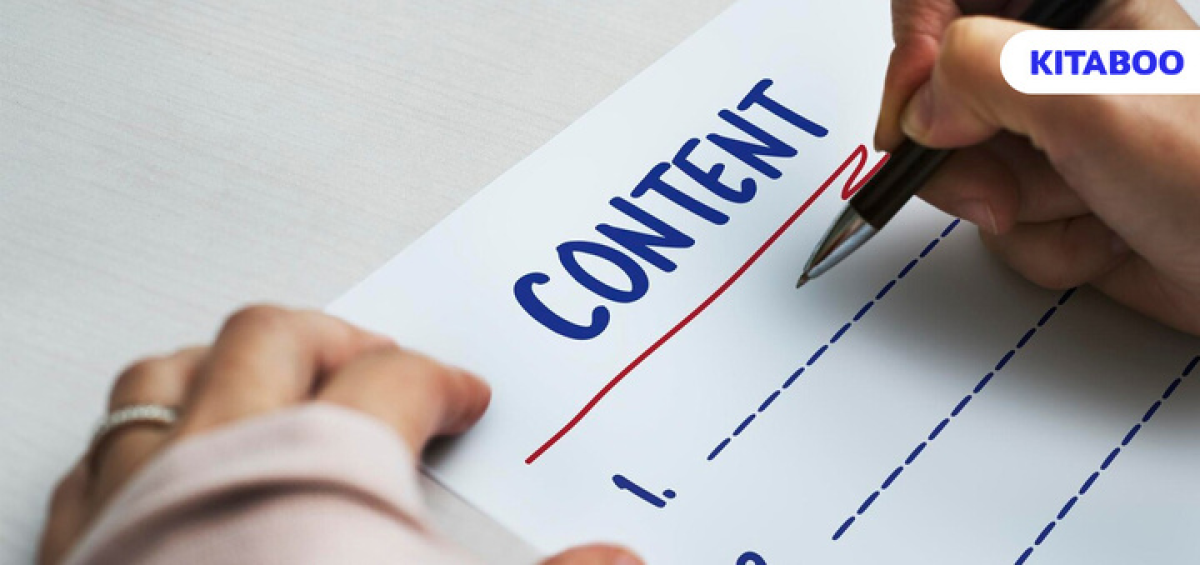Have you ever wondered how much energy goes into printing your favorite textbook?
The journey of making a book is resource-intensive at every step. It begins with extracting raw materials and extends to producing paper and packaging. Add to this the use of non-essential foils and harmful inks, and the issue magnifies. This entire cycle highlights the substantial resources consumed in the traditional book manufacturing and distribution process.
But change is on the horizon.
Recently, over 100 publishers and publishing organizations have signed the SDG Publishers Compact. This initiative, launched in collaboration with the IPA at the Frankfurt Book Fair, outlines 10 action points aimed at achieving the Sustainable Development Goals by 2030.
Developing a roadmap towards a more sustainable future in education is crucial, particularly when it comes to publishing. In this blog, we’ll examine the shifts towards eco-friendly materials, efficient production processes, and strategies needed for a balanced integration of digital solutions.
Table of Contents:
I. Top Eco-Friendly Content Development Practices in Educational Publishing
- How Digital Platforms Are Changing the Game in Educational Publishing
- Sustainable Printing Options in Educational Publishing
- On-Demand Printing: The Smart Way to Print Books
- Flexible Content Updates Without Wasting Paper – Yes, It’s Possible!
- Design with the Planet in Mind: Eco-Friendly Design Choices
- Utilize Renewable Energy Sources
II. Final Thoughts
Top Eco-Friendly Content Development Practices In Educational Publishing
According to a study by Harvard Business School, 92% of businesses surveyed say that now is a unique time to accelerate digital-first transformation. Let’s discover the leading eco-friendly content development practices that are transforming educational publishing and paving the way for an environmentally conscious future in the industry.
1. How Digital Platforms Are Changing the Game in Educational Publishing
The digital-first approach is revolutionizing educational publishing. A growth of $1.28bn is anticipated in the educational publishing sector by the end of the year 2023. 60% of this growth is expected to stem from digital textbooks.
The digital-first method involves using digital platforms like KITABOO for the initial stages of content creation and distribution, significantly reducing reliance on physical materials. For instance, you can create and share digital drafts with authors and editors online, eliminating the need for printed proofs. This practice not only conserves resources like paper and ink but also speeds up the editorial process.
By prioritizing digital tools for content development and initial distribution, educational publishers can drastically lower their resource consumption, aligning with eco-friendly objectives. This approach also caters to the growing preference for digital learning resources, making educational materials more accessible and flexible.
2. Sustainable Printing Options in Educational Publishing
Traditional printing facilities demand vast amounts of energy and water, with about 1 gallon of water required to produce a single sheet of paper.
When printing is indispensable, adopting sustainable printing methods becomes key in educational publishing. This involves the use of recycled paper and soy-based inks, which are significantly less damaging to the environment than traditional petroleum-based inks.
An example of this practice is a publisher choosing to print textbooks on 100% recycled paper, using inks derived from soybeans. These inks not only reduce harmful emissions but also offer better print quality and easier recycling of paper.
By opting for these eco-friendly printing options, educational publishers can dramatically reduce their environmental impact while maintaining high-quality print standards. This commitment to sustainability reflects positively on the brand, appealing to the growing demographic of environmentally conscious readers and educators.
3. On-Demand Printing: The Smart Way to Print Books
The average American consumes about 680 pounds of paper per year, contributing to over 300 million trees being harvested annually for paper production. On-demand publishing can change this. It involves printing books only when there is a demand, effectively minimizing waste associated with unsold copies.
For example, a publisher could use print-on-demand technology to produce textbooks as orders come in rather than printing large quantities in advance. This not only ensures that every printed copy has a reader but also allows for flexible content updates, as revisions can be incorporated into each new print run. On-demand publishing also lowers storage and transportation costs, making it a financially viable as well as an environmentally friendly option.
4. Flexible Content Updates Without Wasting Paper – Yes, It's Possible!
The adoption of digital platforms like eBooks and online portals is a game-changer for content updates. These platforms enable publishers to implement flexible content updates swiftly and without the excessive resource use associated with traditional reprinting.
For example, a K12 educational publisher can easily update a digital textbook with the latest scientific findings, ensuring that the content remains current and relevant. This process eliminates the need to print new editions each time an update is required, significantly reducing paper waste and energy consumption.
Additionally, digital platforms offer the convenience of updating content in real-time, allowing educators and learners to access the most current information. This approach enhances the learning experience by providing up-to-date, accurate content.
5. Design with the Planet in Mind: Eco-Friendly Design Choices
When designing educational materials, making eco-conscious choices can have a significant impact on sustainability. This involves minimizing the use of heavy graphics and colors that require more ink and energy to produce.
For instance, a textbook designed with a focus on minimalistic layouts, using fewer colors and simpler graphics, not only looks clean and modern but also reduces ink usage. An educational publisher might choose to print on recycled paper using eco-friendly, soy-based inks, further minimizing the environmental impact.
Such design choices contribute to reducing the carbon footprint of the educational publishing process. They demonstrate a commitment to sustainability that goes beyond content, encompassing the very way educational materials are visually presented.
6. Utilize Renewable Energy Sources
For K12 educational publishers with in-house printing facilities, transitioning to renewable energy sources like solar or wind power is a strategic move toward sustainability.
Consider a publishing house that installs solar panels on its premises. This investment allows the publisher to harness solar energy for daily operations, drastically cutting down on traditional energy consumption and associated carbon emissions.
Such a shift not only reflects the publisher’s commitment to sustainable practices but also sets a precedent in the industry. Utilizing renewable energy in the production process is a forward-thinking approach that reduces the environmental footprint of K12 educational publishing, contributing to a greener future.
Final Thoughts
As we navigate the path toward a greener future in educational publishing, it’s clear that embracing digital-first approaches, sustainable printing, on-demand publishing, and efficient content updates is not just a choice but a necessity. These steps, along with eco-conscious design and renewable energy, are pivotal in reducing our environmental footprint.
But what about you? How do you envision the future of sustainable educational publishing? Are there any practices or innovations you think could further revolutionize this field?
And if you’re curious about how KITABOO can fit into this sustainable future, offering an end-to-end digital publishing platform trusted by leading publishers worldwide, we’re just an email away. Reach out to explore how we can help make your educational content not only more accessible and engaging but also aligned with sustainability. Let’s shape the future of educational publishing together – sustainably and innovatively.
To know more, write to us at KITABOO@hurix.com.
Discover How An Ebook Conversion, Publishing & Distribution Platform Can Help You
Kitaboo is a cloud-based content platform to create-publish & securely distribute interactive mobile-ready ebooks.
You May Also Like







